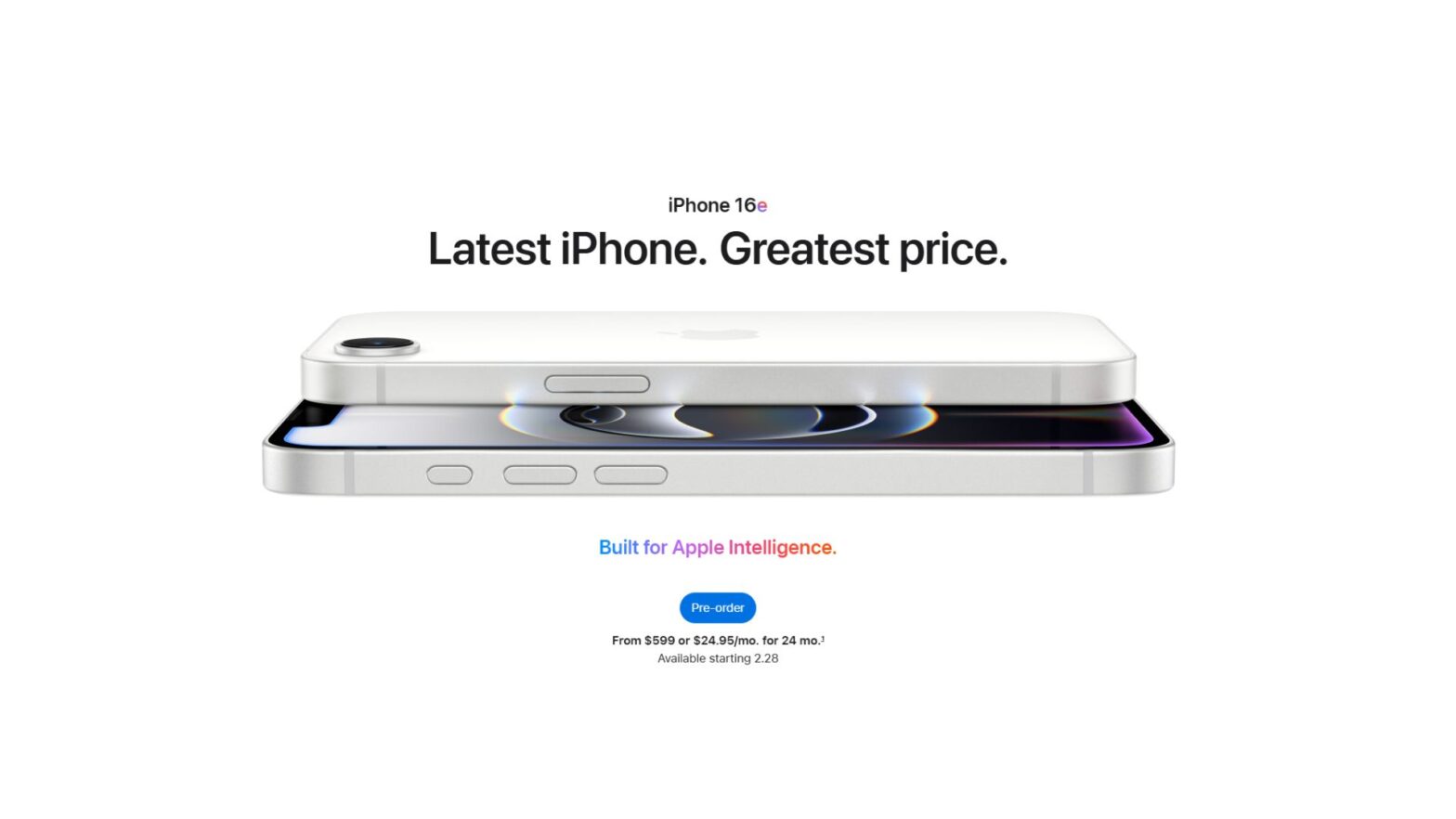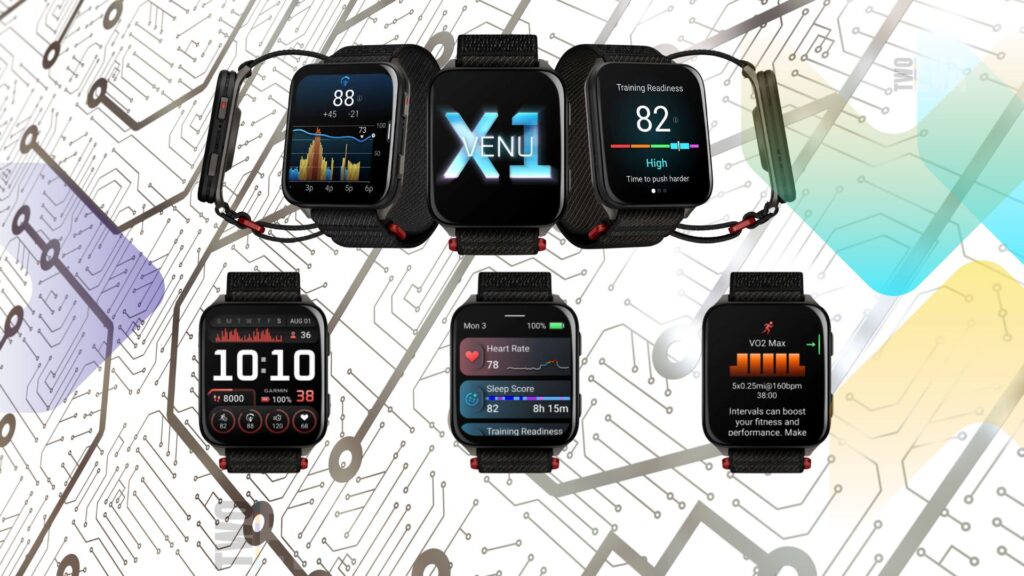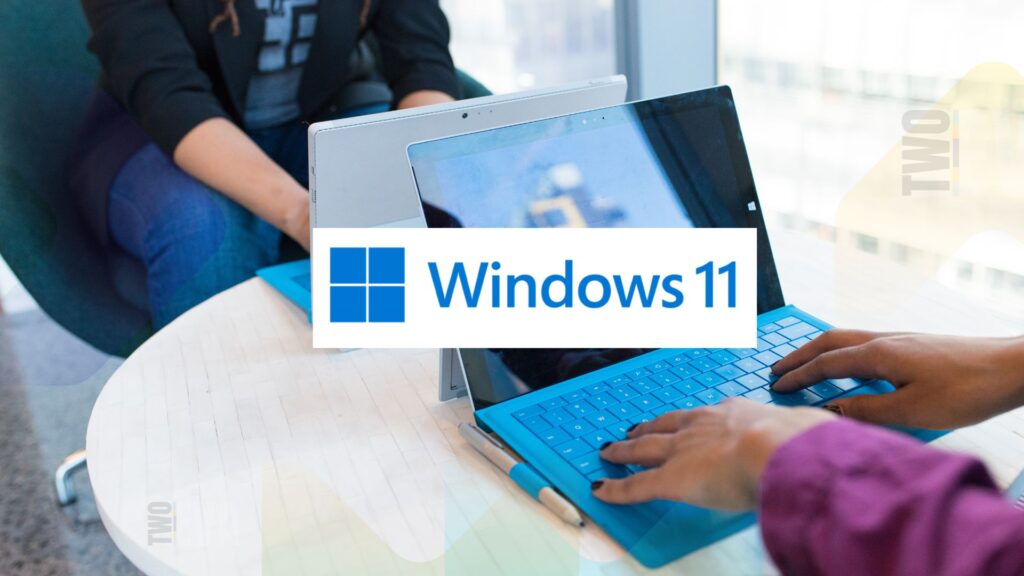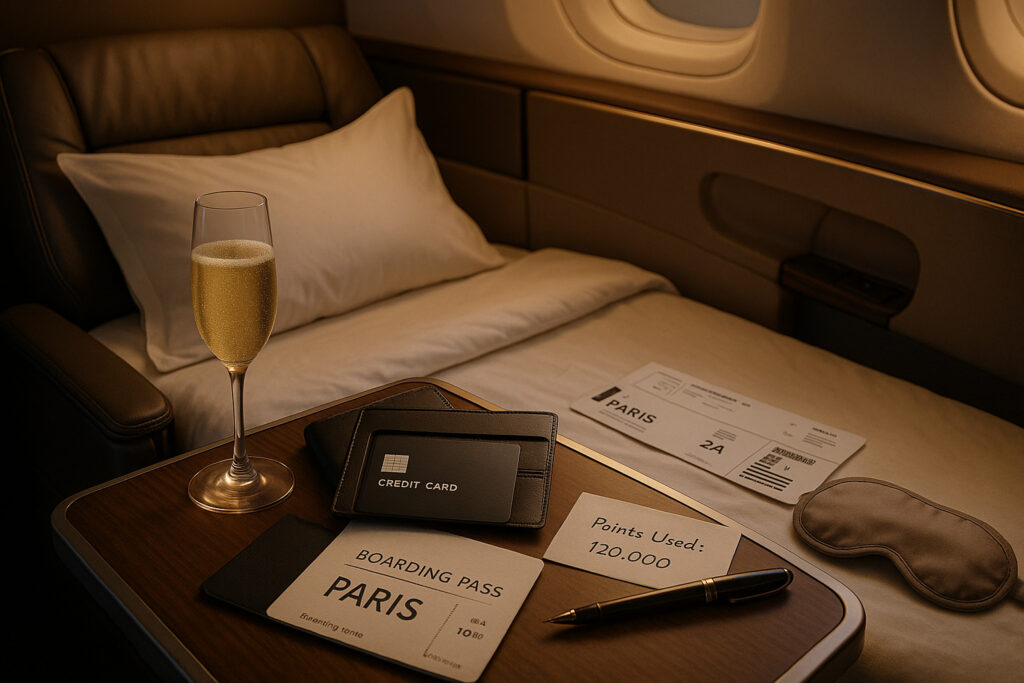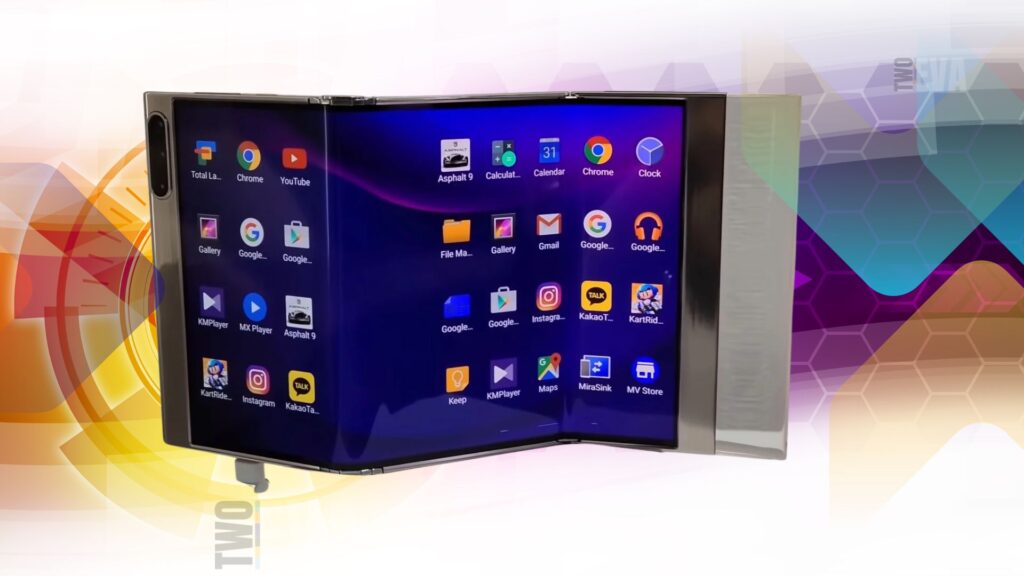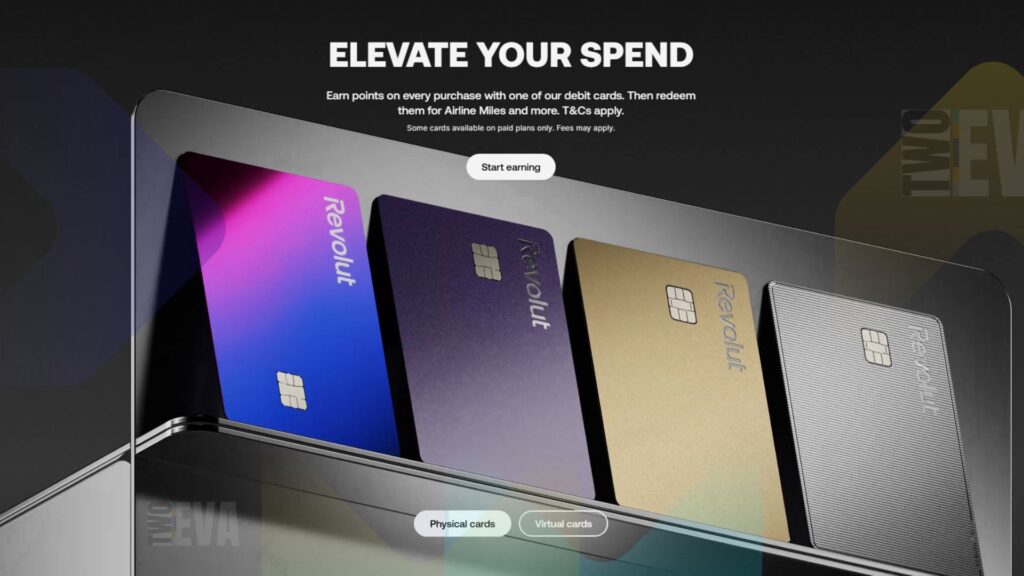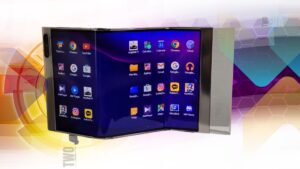Apple’s latest budget-friendly smartphone, the iPhone 16e, has been unveiled with a price tag of $599. While the tech giant touts this device as a game-changer, bringing advanced features to a more affordable price point, skeptics are urging consumers to look beyond the hype. As we delve into the details, it’s crucial to separate fact from fiction and examine the true implications of this new release.
Myth 1: The iPhone 16e is a Revolutionary Budget Device
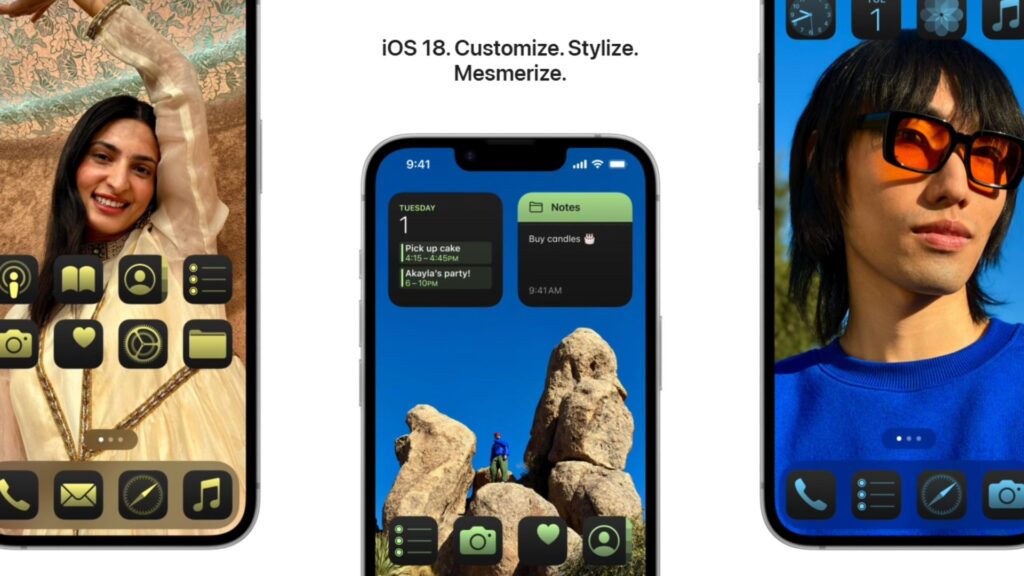
Apple claims the iPhone 16e represents a significant leap forward for its budget lineup. However, a closer look reveals a more nuanced reality. While the device does incorporate some advanced features, such as the A18 chip and Apple Intelligence, it’s important to note that these additions come at a cost. The $599 starting price marks a substantial increase from the previous iPhone SE model, which retailed at $429.
According to TechCrunch, “The $599 price tag marks a $100 premium over the last SE.” This price hike raises questions about whether the iPhone 16e truly qualifies as a budget-friendly option, especially in markets where Apple has been losing ground to more affordable competitors.
Myth 2: Apple Intelligence is a Game-Changer for All Users
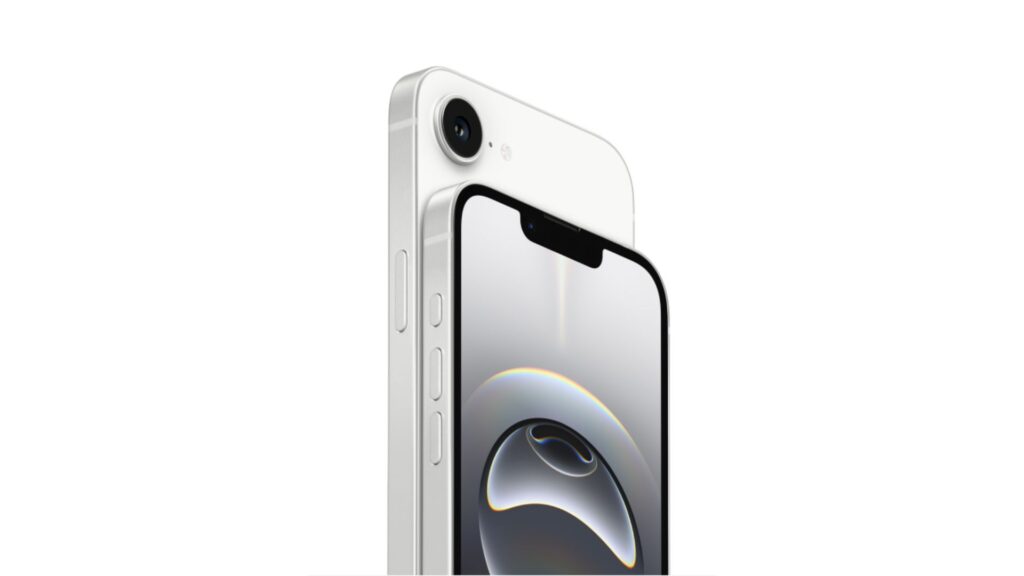
The inclusion of Apple Intelligence in the iPhone 16e has been touted as a major selling point. However, it’s worth questioning the real-world impact of these AI features for the average user. While the device can now run small, on-device AI models for tasks like text summarization and image generation, the practical benefits remain to be seen.
Moreover, it’s important to note that Apple Intelligence is not universally available. As reported by TechCrunch, “Apple Intelligence is still not available in mainland China”, which is one of Apple’s most crucial markets. This limitation could significantly impact the device’s appeal in certain regions and raises concerns about the global accessibility of these touted AI features.
Myth 3: The Removal of Touch ID is an Unequivocal Upgrade
Apple’s decision to ditch the fingerprint scanner in favor of Face ID has been presented as a step forward. However, this change may not be universally welcomed. Long-time iPhone SE users accustomed to the home button and Touch ID may find the transition jarring. Additionally, there are scenarios where facial recognition might be less convenient, such as when wearing a mask or in low-light conditions.
While Face ID does offer advanced security features and enables a larger display, it’s debatable whether this change represents an improvement for all users. The removal of Touch ID eliminates a choice in biometric authentication that some consumers may have preferred.
The Reality Behind the Hype
Despite the skepticism surrounding some of Apple’s claims, the iPhone 16e does bring notable improvements to the table. The device features a 6.1-inch Super Retina XDR OLED display, a significant upgrade from its predecessor’s 4.7-inch LCD screen. The main camera has also seen a substantial boost, moving from a 12-megapixel sensor to a 48-megapixel one capable of 4K video recording with Dolby Vision.
Perhaps the most intriguing addition is the Apple C1, the company’s first in-house designed cellular modem. This move signals Apple’s continued efforts to reduce dependence on external chipmakers like Qualcomm and Intel. However, the real-world performance and efficiency gains from this new modem remain to be seen.
It’s also worth noting that the iPhone 16e comes with some practical improvements:
- USB-C charging, aligning with industry standards
- Support for emergency satellite messaging
- Improved battery life, with Apple claiming up to 12 hours more than previous SE models
While these features are welcome additions, they don’t necessarily justify the significant price increase over the previous model.
The Bigger Picture
The company has recently experienced an 11% market share decline in China, one of its most important markets. This new device appears to be part of a strategy to regain lost ground in both China and India, the world’s top two smartphone markets.
However, the success of this strategy remains uncertain. The higher price point may deter budget-conscious consumers, especially in markets where domestic brands offer competitive features at lower prices. Additionally, the unavailability of Apple Intelligence in mainland China could further hamper the device’s appeal in that crucial market.
As Apple continues to navigate the complex landscape of global smartphone markets, the iPhone 16e represents a bold but potentially risky move. While it brings advanced features to a lower price point than flagship models, it also blurs the line between budget and premium offerings.
In conclusion, while the iPhone 16e does offer some compelling features, consumers would do well to look beyond the marketing hype and carefully consider their needs and budget before making a purchase decision. The true value and impact of this new device will only become clear once it’s in the hands of users and subjected to real-world testing.

